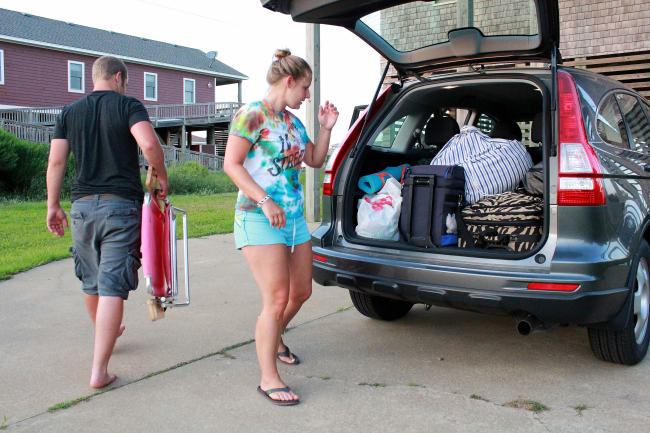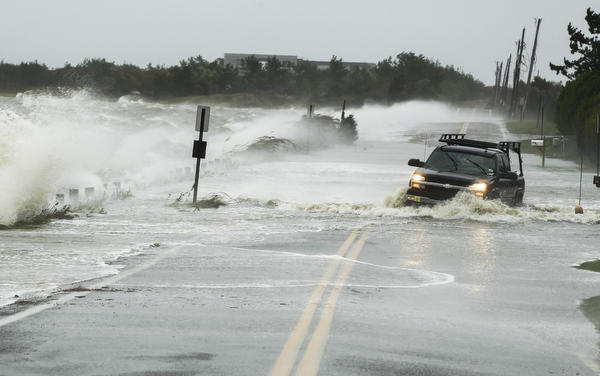Hurricane Season Starts Soon: Experts Predict More Storms than Usual

Hurricane season officially starts on June 1st and runs through the end of November. Researchers and meteorologists are predicting that this season will be more active than normal. A conservative estimate indicates that up to 5 named storms may reach the US, whereas a more ominous prediction says that we can see up to 10 this year. Whether or not these predictions come true, anyone who lives in areas where hurricanes are possible should be preparing now.
Update Evacuation Routes

Take time to evaluate and revise evacuation routes as necessary. Be mindful of new construction projects, changes to road conditions and updates to published evacuation routes. Drive through some of them and note any areas where bottlenecks may occur, and evaluate any alternatives that may be less-traveled. Look for cities and towns within driving distance where you may be able to get fuel, check into a hotel room or find shelters if you evacuate early and get ahead of the rush.
Update Supplies

Look through your stockpile of food and water in your shelter. Make sure that you have a week’s worth of supplies on hand and that items are fresh and in good condition.

Check flashlights, batteries, weather radios and other essential items and replace them if necessary. Check out your bug out bag and make sure that it’s packed and ready to go at a moments notice.
Update Contact Lists and Communication Protocols

Make sure that your contact list is current and establish a communication system or phone tree. This will help to keep friends and loved ones from worrying if you are evacuating or stuck in the path of a storm, and you can reach out to people for help as well. Make sure that you have one person out of the disaster zone who will be able to relay information and keep you and others up to date as events transpire.
Leave Early
Every year, evacuees continue to say the same thing: They wish they left earlier. You get a big jump on avoiding traffic jams, getting to safety and finding resources before hordes of other people start to arrive. You always have more options at the head of the pack, and you want to be in this advantageous position whenever possible. If you think that you will be in the path of a hurricane, don’t hesitate to get out and pre-position yourself in a staging area until you know more about the specific path of the storm. This will make deciding whether to get to safety or return home easier as information becomes available.
Be Aware of Areas Prone to Flooding
Many people die from hurricanes as the result of drowning or getting electrocuted during storm surges. Become aware of areas in your area that are prone to flooding, and know how to get to high ground as quickly as possible.
Watch for Tornadoes and Severe Storms

Tornadoes and severe thunderstorms pose a secondary and often more dangerous threat than the hurricane itself. Storms form along bands as the hurricane makes landfall, and these bands can extend for hundreds of miles away from the center. Consequently, even if you are out of the danger zone with respect to high winds and flooding, you can easily get taken out by a severe storm associated with the hurricane. Be ready to seek shelter with little or no warning, and always have a weather radio handy in case the power goes out or your Internet or cellular service gets disrupted.
The most dangerous aspect of hurricanes is not the storm itself, but the over-confidence or apathy of people who don’t take this threat seriously. Always err on the side of caution and be prepared to take appropriate action even if you are hundreds of miles away from an approaching hurricane.


